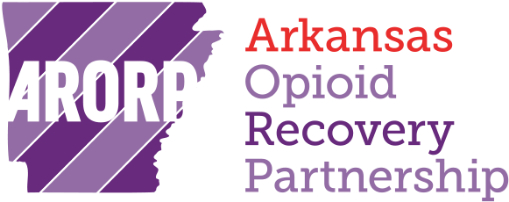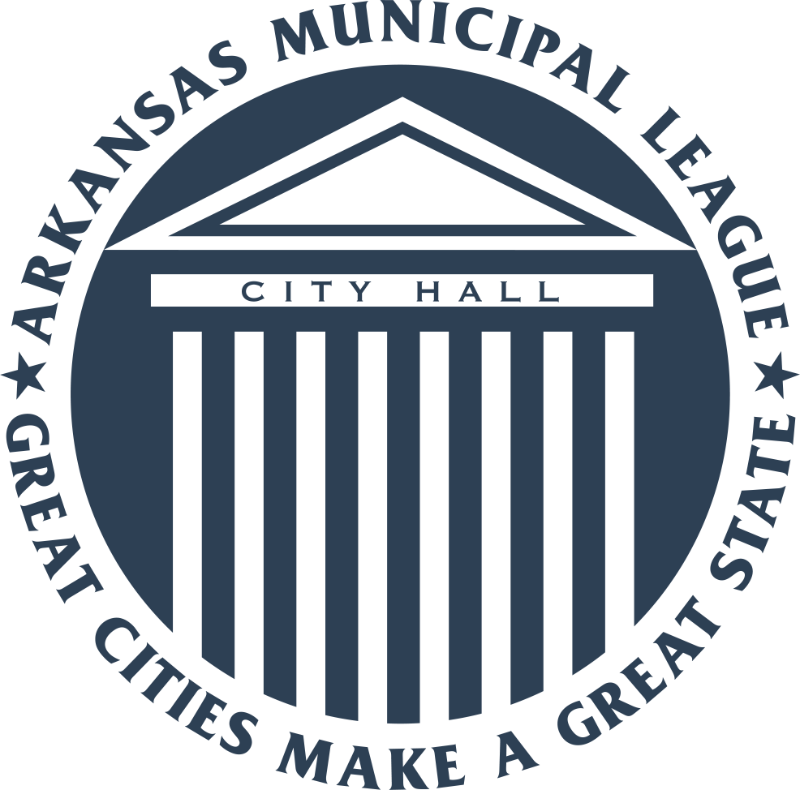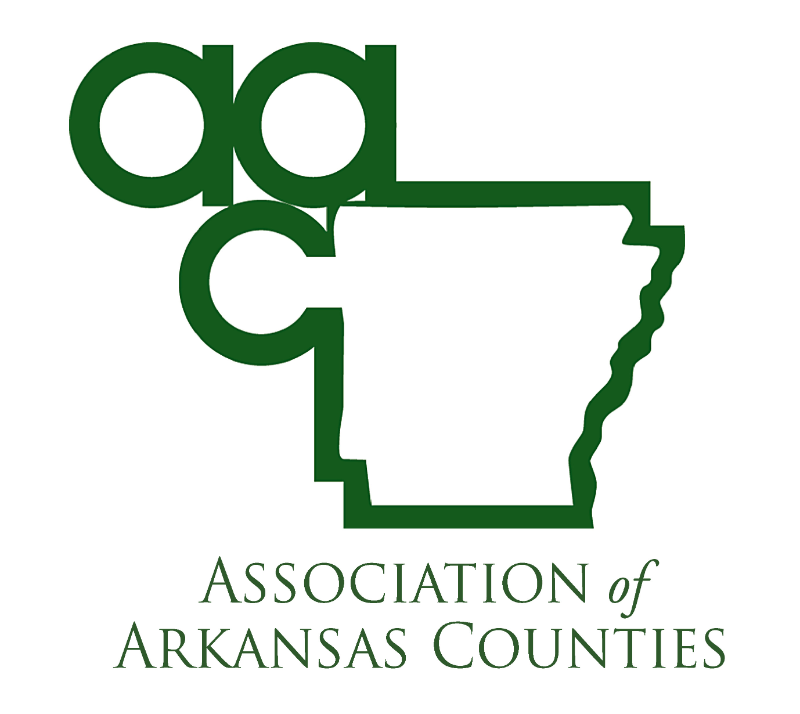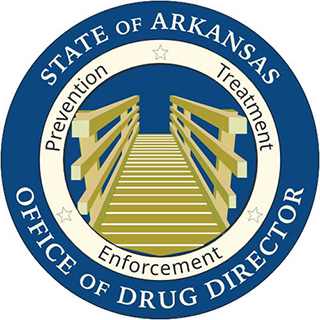Editorial: Start the Fire
May 4, 2024 at 3:22 a.m. | See original article by Arkansas Democrat Gazette
Finally, Arkansas cracks the Top 10 in something other than college baseball. The state ranks in the Top 10 in terms of the weight of prescription drugs removed from households, says the Arkansas Opioid Recovery Partnership.
The state collected more than 25,000 pounds of unused prescription drugs–like opioids and other dangerous pharmaceuticals–and other chemicals, as well as vitamins and supplements that nobody wants.
According to the paper, Arkansas collected 25,405 pounds from 275 take-back boxes located around the state. The drugs will be incinerated at a facility in Huntsville, Ala.
The state’s doing a good job of getting drugs like oxycodone, hydrocodone, codeine and morphine out of the medicine cabinet and into the fire. But this is not new for Arkansas. Last October, the state collected and incinerated 27,000 pounds of chemicals that might otherwise find their way into the wrong (kids) hands.
There are two ways to look at the small drop in collections.
“It could be down because there’s less out there that needs to be destroyed, or could be down because people are not getting involved,” said Kirk Lane, director of the Arkansas Opioid Recovery Partnership. “It makes us work harder to get the communication [out] because I think that numbers really is just data that tells us how good we’re getting the information out there.”
The program began in Arkansas in 2010 and has collected more than 606,000 pounds of unwanted medications, but we got to the game a little late. Last October was the 25th National Drug Take Back Day. More than 4,000 law enforcement agencies participated with 173 of those agencies being Arkansas-based.
The partnership has made good progress. In 2010, during the first Drug Take Back operation in Arkansas, the state collected only 4,000 pounds of the unused (but surely not unwanted; by somebody) drugs.
In the South, Arkansas’ nearly 25,000 pounds of drugs ranked us third. We trail only Texas (1.3 million pounds) and Florida (616,000).
In less pleasant news, according to Director Lane, “But it also tells the other side (of it), that we’d have a tremendous (amount of) prescribing and a lot of times dependent communities. And our prescribing rates haven’t really dropped . . . we’re still twice the national average.”
Prescribing rates and drug collection efforts are certainly related, but are certainly separate issues that require completely different rules, regulations, efforts and ethics.
It seems that tackling the prescription rate battle is the first half of this problem. The second half is getting rid of the drugs. Ironically, if we could take our medicine and tackle the over-prescribing, the second half of the battle would be a smaller task.



